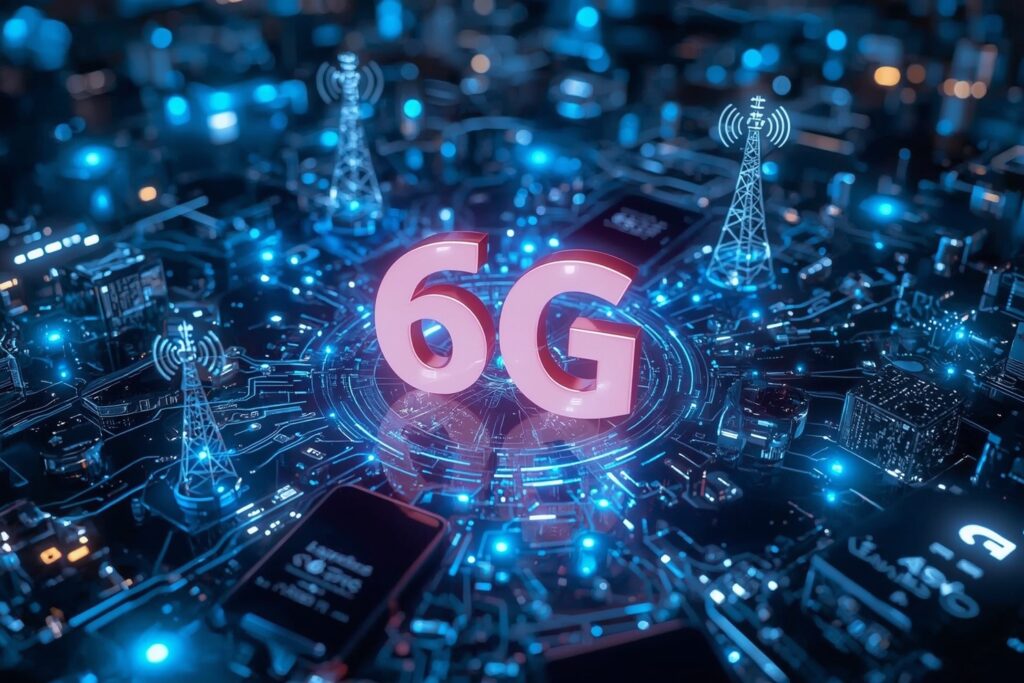
It’s not “ just faster ”: 6G changes the very nature of the network!
When we talk about 6G, we risk reducing everything to a speed upgrade, as if the network of the future were simply a 5G with more horsepower. In reality, the leap isn’t about bandwidth, but about how the network will perceive the world. For the first time, a mobile network will not simply transmit and receive signals, but will also observe its environment to operate correctly.
The IEEE study introduces the MSCP technique, a hybrid approach that fuses RF information and environmental images. Cameras analyze the context, AI models predict the radio channel behavior, and the system corrects transmission before the obstacle occurs.
The gain, scientifically speaking, is enormous: over 77% in predictive accuracy compared to techniques based solely on radio signals. But to achieve this precision, the network must know who is moving, where they are moving, and how they are moving .
Technical details and complete results are described in the IEEE paper on MSCP and in the work on the DeepSense 6G dataset that enables multimodal channel prediction.

We’re not talking about traffic analysis or technical telemetry here. We’re talking about a network that, to function, must build a spatiotemporal model of human movements. It doesn’t matter if it doesn’t recognize faces: the trajectory is already a behavioral identifier .
The GDPR says it, the AEPD confirms it, and years of studies on fingerprinting and re-identification via metadata demonstrate it. If Wi-Fi tracking is already considered processing of personal data, imagine a system that combines radio, video, and machine learning in real time.
A traditional camera requires signs, information, usage limits, and a legal basis. A 6G network with integrated sensing does not: it is “part of the technical infrastructure.” It doesn’t record video, it generates metadata. It doesn’t look like surveillance, but it is. And it will be more widespread, invisible, and undeniable than any CCTV system. Installing an electronic eye on a pole is no longer necessary: an antenna on a roof is enough. The “sensing + AI” trend isn’t a one-off: projects like DeepSense 6G collect real, multi-modality data (mmWave, camera, GPS, LiDAR, radar) precisely to enable these channel prediction and localization functions.
The real risk isn’t the gaze on the individual, but the loss of the collective right to physical invisibility. A network that continuously maps people’s movements enables, by definition, social monitoring scenarios: protest flows, behavioral geofencing, predictive group analysis, crowd control, environmental profiling. All without having to rely on facial recognition or traditional biometrics.
The GDPR’s minimization principle would make it difficult to defend the use of computer vision to solve a technical telecommunications problem if less invasive alternatives exist. ePrivacy prohibits covert analysis of terminals. The AI Act will classify environmental surveillance systems as high-risk. But the real issue lies elsewhere: as long as the technology remains in paper form, the law will not react . By the time it reaches products, it will already be too late.
The final question is not technical: it is political
Who decides when the network observes, what it observes, for how long, and with what limits?
And above all: who guarantees that they will do it only to “optimize the quality of service”?
If we accept without question the idea that “the internet must see us to function,” then we will no longer need a privacy guarantor. We will need a guarantor of unmonitored human movement.
6G will be a technological marvel.
But let’s remember a simple rule:
When a technology gives you extraordinary performance in exchange for a new level of tracking, it is not innovating.
He’s negotiating your freedom.
And as always, the weak party in the contract… is you.
The difference between infrastructure and surveillance is just one thing:
the limit you decide to impose on her before it becomes inevitable.
Follow us on Google News to receive daily updates on cybersecurity. Contact us if you would like to report news, insights or content for publication.
